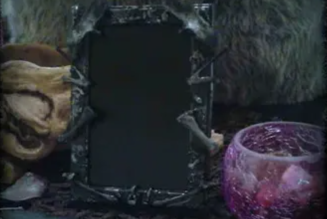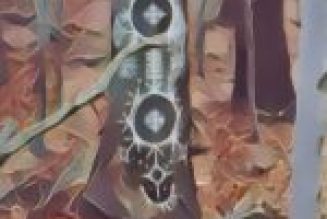John George Hohman, a German immigrant to America, authored the well-known magical text, The Long Lost Friend.
Details about Hohman’s life are scarce.
In 1802, he, his wife Anna Catherine, and their son Philip (or Caspar, according to some sources) departed from Hamburg and arrived in Philadelphia on October 12th.
They were penniless and became indentured servants, leading to the separation of Hohman and his wife.
His wife and son went to Burlington County, New Jersey, while Hohman ended up in Springfield Township, Bucks County, Pennsylvania.
Hohman resided and worked within a German immigrant community.
In his free time, he created and sold decorated birth and baptismal certificates, a popular tradition among the immigrants.
Within three and a half years, he saved enough money to buy freedom for himself and his family.
The location of their home remains unknown, as Hohman couldn’t afford to buy land.
By 1810, they were likely living in the Easton area near the Hexenkopf. Hohman was already writing and publishing books, ballads, hymns, poems, and songs.
By 1815, the Hohmans had moved to Reading, where Anna Catherine passed away in 1832 at the age of sixty.
Hohman is believed to have died on April 26th, 1845, at the age of 67 after a prolonged illness.
Hohman became widely known for his healing abilities.
In 1818, he published a folk medicine book, The Field and House Pharmacy Guide, which included remedies for both humans and animals.
This book contained no magical elements. In 1820, he published The Long Lost Friend, a faith-healing text filled with magical charms and spells, which became the cornerstone of powwowing.
Over 150 editions have been printed.
The book was translated into English in 1850.
There is no evidence that Hohman ever referred to his magical practices as “powwowing.”
However, among the brauchers, power doctors, and powowers, his text was invaluable, a crucial tool for their practices.
Even hex doctors used it for black magic.
Simply owning a copy was believed to confer power.
It was widely believed that no one could practice without their own personal copy of The Long Lost Friend.
The influential Saylor Family of folk doctors held it in high regard.
Hohman and The Long Lost Friend gained fame in the early 20th century when a murder was committed over the possession of a copy.
John Blymire, from York County, Pennsylvania, believed he was cursed and was told he needed to obtain the offending witch’s copy of The Long Lost Friend to be cured.
Blymire killed the man when he refused to give up the book.
The story was chronicled in Arthur H. Lewis’s book Hex (1970).
In 1988, a Hollywood film based on the story was made, starring Donald Sutherland.
Initially titled The Long Lost Friend, the film’s name was changed to The Apprentice to Murder just before its release.
A German version, The Night of the Demons, was also produced.
The Long Lost Friend continued to be used well into the 20th century and still has an audience today.
















































